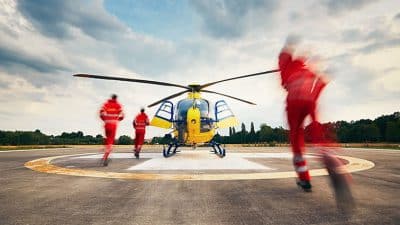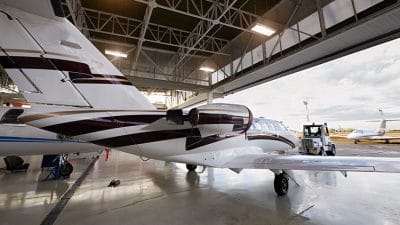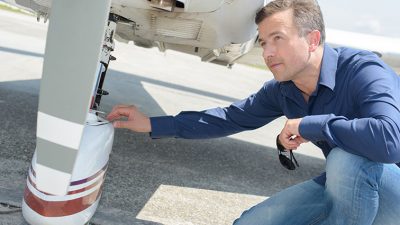Safety Systems (SMS) - SM4 Safety Articles & Resources

To Declare or Not To Declare
Due to a greater prevalence of “critical events” compared to higher-status “emergency response plan-activating events,” we propose that critical events pose a powerful opportunity for practicing and refining emergency response procedures. We also feel organizations should “over-respond” to critical events out of an abundance of caution.

Safety Reporting: Crewed and Un-Crewed
It’s an exciting time to be part of the expanding UAS industry. It has been a whirlwind to watch the growth from its earliest days until now. Over the next few years, it will continue that evolution and expand in tandem with regulatory standards and guidelines for its safe operation.

Safety Reporting: An Obligation and Opportunity to Contribute to the Greater Good
Safety in aviation is always a top priority. There are many ways to approach this important task, with the first line of defense being a keen and constant personal awareness of one’s habits, health, skill and environment. But even under the best conditions, sometimes there are still various factors that lead to safety incidents or accidents.

Ground Incidents – Slow Down To Go Fast
There are approximately 27,000 ramp accidents and incidents worldwide each year. While the injury rate is about 9 per 1,000 departures, and we care deeply about the cost to our personnel, the price we pay for these mishaps goes far beyond the bodily toll. Ultimately, we must slow down to go fast.

Selecting Items To Include on Your FRAT
At its core, the Flight Risk Assessment Tool (FRAT) is a pre-flight evaluation of potential threats faced in a mission or flight. Developed from research and detailed study of accidents occurring in the aviation industry in the early 2000s, the FRAT was revolutionary when it became mainstream in 2007.

Developing Escalation Thresholds for Emergencies
Your view on what constitutes an emergency is significantly shaped by your education, training, life and career experience and by the scope of your responsibilities and job functions.

Elevating Situational Awareness to Future-Proof Your Operations
Recent global events underscore the need to elevate your operation’s safety profile. Doubling down on preventative measures for a growing list of risk factors requires a new level of situational awareness that includes operational safety and the health and personal security of your crew and passengers.

Understanding Human Factors in Safety Assurance: The Bowtie Method
Human factors may be the final frontier in aviation risk management. While those factors can’t be handled in the same way as, for example, issues with mechanical systems, there is new thinking in risk management that can help. It includes viewing a high-risk situation as an event and then using a so-called “bowtie diagram” as a tool for defining and addressing it.

The Importance of Being Consistent—Aviation’s Most Cost-Effective Safety Tool.
Within the aviation community, one of the most basic tasks pilots learn from day one of training is to perform a pre-flight inspection (PFI). The PFI is a visual walk-around of the aircraft to enable the pilot, using sight and touch, to determine the basic condition of the aircraft, systems and functional controls for the purpose of flight.
